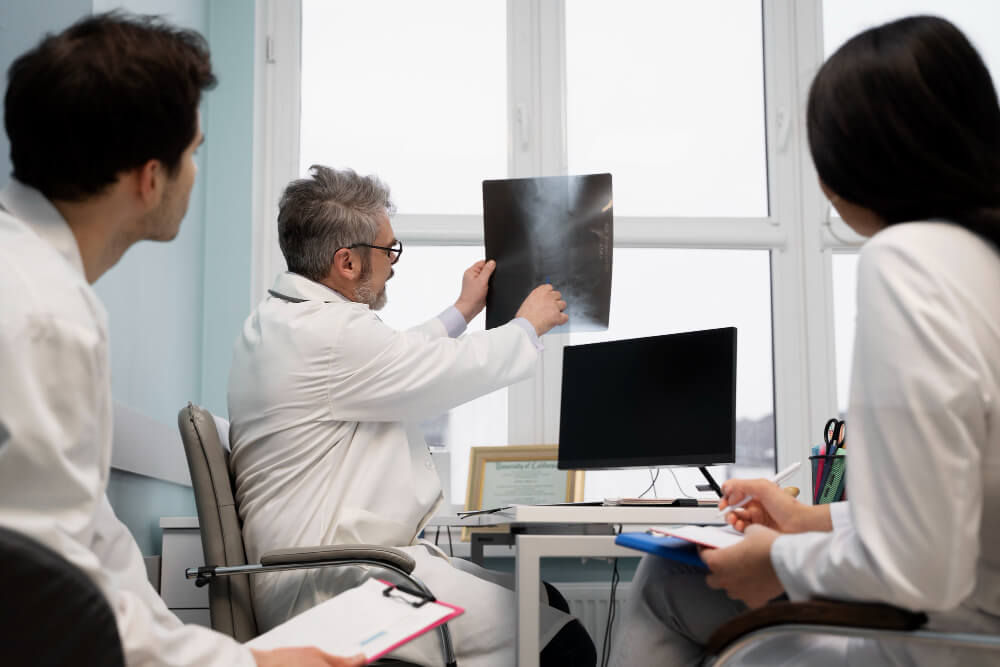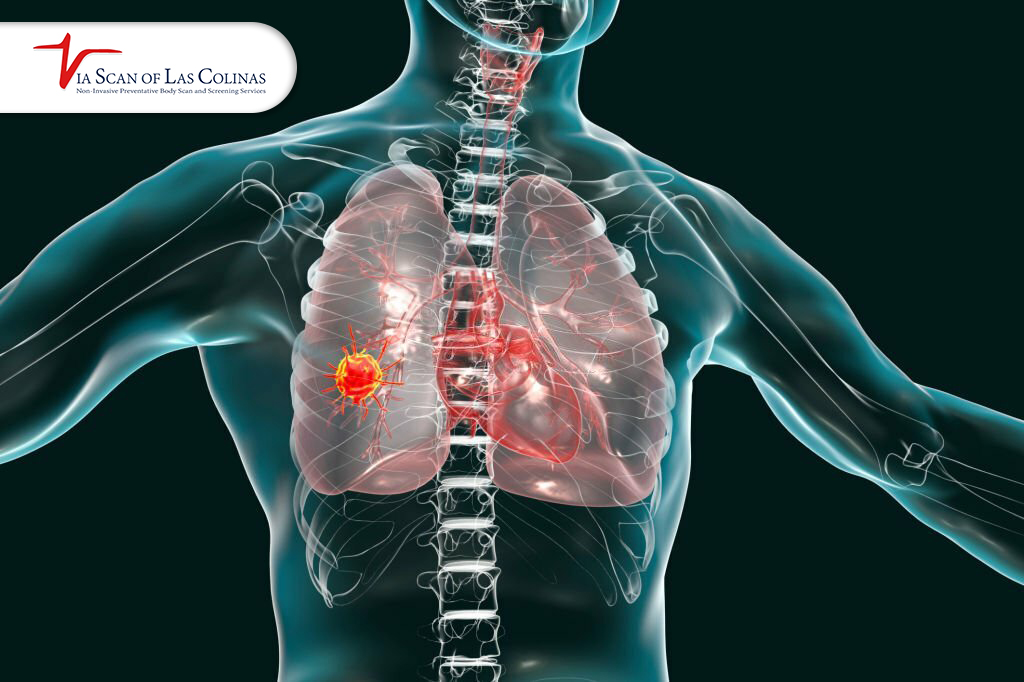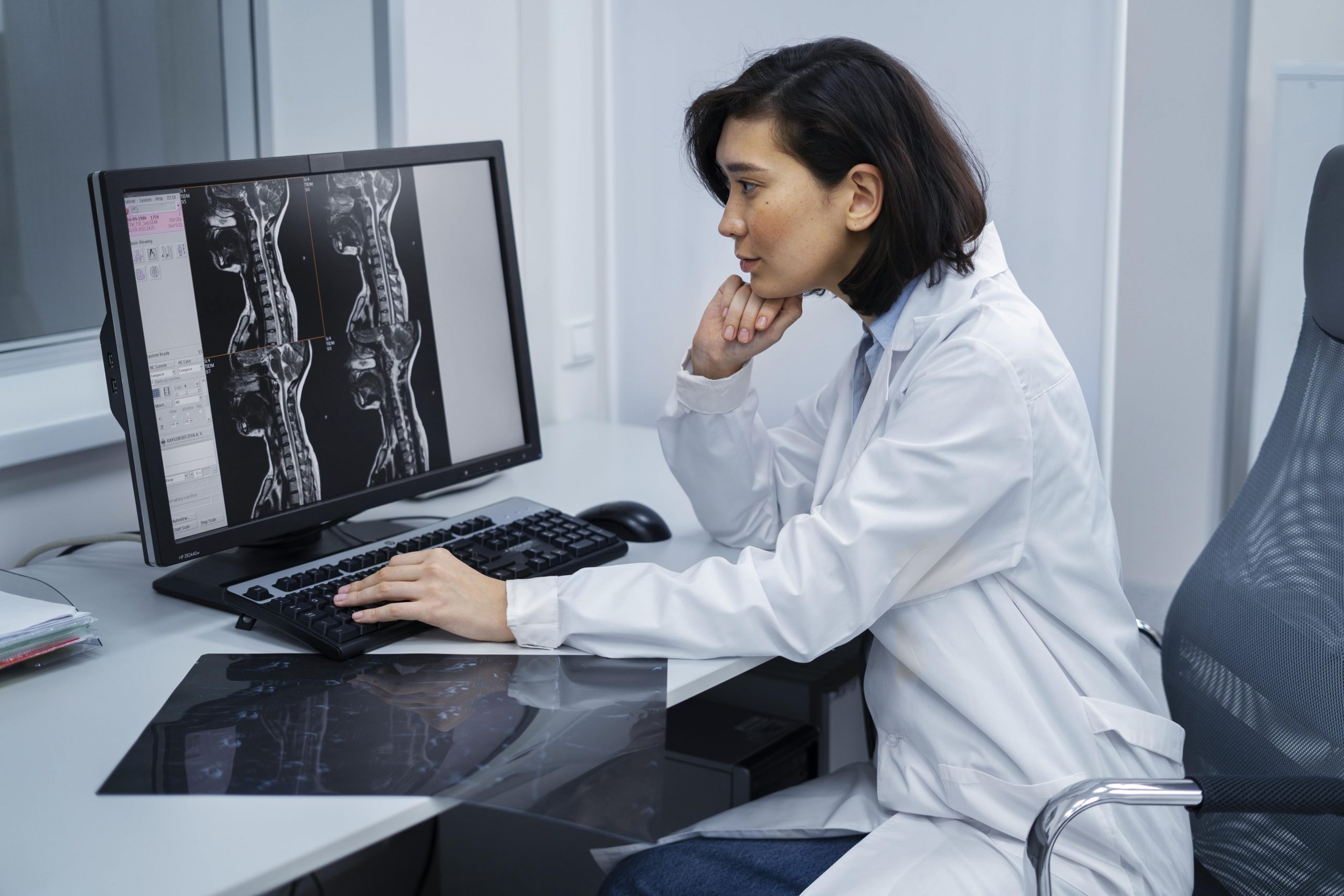Getting a recommendation from your doctor for requiring a chest CT scan generates both worries and uncertainty. Modern medicine uses this enhanced imaging technology to combine X-ray data measured from various directions to create detailed body section images. Your lungs, together with heart tissue and vascular structures and airways alongside chest bones, get shown in detailed 3D images through a CT scan despite basic chest X-rays providing only two-dimensional pictures. Advanced imaging systems let doctors recognize different medical issues that otherwise would stay undetectable and unclear. The reason for taking this test, as described by your doctor, will help reduce your concern and prepare you for the next steps. This piece examines the typical circumstances that trigger physicians to conduct chest CT scans in addition to explaining the scan findings and alternate imaging approaches and the essential patient requirements before the procedure.
What Medical Conditions Can a Chest CT Scan Diagnose?
The CT scan technology of the chest turns into an essential diagnostic instrument for healthcare practitioners to examine various thoracic region issues. A few millimeter lung nodules can be detected by CT scans, thereby enabling prompt diagnosis of early-stage lung cancer. Chest CT scanners prove highly effective in pneumonia diagnosis, particularly when standard X-rays produce unclear results to detect bronchiectasis, in addition to their ability to assess interstitial lung diseases leading to pulmonary fibrosis.
Coronary CT angiography is a heart scanning method used to evaluate coronary artery disease through analysis of heart blood vessels. It performs multiple diagnostics by showing vascular blockages in coronary arteries, measuring heart chamber dimensions and heart function, and checking the aorta status for aneurysms and dissections.
How Does a Chest CT Scan Compare to Other Imaging Options?
Three main factors, the suspected medical condition, the need for detail, and the degree of risk to patients from radiation exposure determine physicians’ choices for an imaging test. Laura Marie Fayad explains that there are differences in imaging tests. Understanding the distinctions between an MRI, CT scan, and X-ray will help you and your doctor decide which imaging modality is best for you. X-rays, CT scans, and MRIs are diagnostic procedures that let medical professionals view the body’s internal components.
Standard X-rays and CT scans provide better picture quality than ordinary radiology, with separate body section images without overlapping caused by standard procedure radiology. CT imaging offers superior gate viewing capability for inspection of small to moderate body structures, especially of the mediastinum.
What Should Patients Know Before Undergoing a Chest CT Scan?
Depending on the procedure selected and whether a specific chest CT scan includes contrast agents, there are different requirements for the chest CT scan. The main preparation step for patients who wish to get non-contrast scans is to remove only metal objects within the scan area. Patients must fast for some hours before contrast-enhanced studies and testing of kidney function might be done since contrast agents leak through the kidneys during elimination.
Iodine allergy needs to be notified to all healthcare providers by all patients, and patients must disclose their use of substances used in previous image procedures, too. Before experiencing treatment, previous reaction patients may be given premedication treatment containing antihistamines with steroids to minimize their chance of reaction. This is because radiation can harm developing fetuses, and patients need to come out about their pregnancy condition.
When Might a Doctor Order Follow-Up Chest CT Scans?
Follow-up imaging is an important central tool for assessing several chest conditions through specific time-based diagnostic-related timing protocols and clinical framework protocols used by healthcare providers. Regular CT scan imaging for cancer patients measures tumor changes such as dimensions and characteristics, and therefore, CT scan imaging determines treatment outcomes.
After treatment, the medical team uses decreasing surveillance checks over the years in case there are signs of recurrence or metastasis. CT imaging, in combination, allows a medical practitioner to see any complications of thoracic surgeries and how the thoracic cavity processes healing following any thoracic surgery. Cardiac procedures require heart scan follow-ups to check the results of procedures and to diagnose stenosis following procedures, stent restenosis, or bypass graft failure.
Choose Our Preventive Heart Scan
Early Detection Saves Lives!
-
- Accurate
- Quick Result
- Affordable

Conclusion
In addition to detailed visualization of lungs, heart, and blood vessels as well as surrounding anatomical features, chest CT scans are also effective in diagnosing. The combination of innovative modern CT technology and the use of radiation reduction protocols provides the implementation of modern CT technology through ViaScan. Their cardiac calcium scoring and coronary CT angiography programs involve the heart scanning capabilities of these programs, which can provide detailed results for detecting cardiovascular diseases at the initial stages and in the stage when treatments are proving most successful, just before the symptoms become evident.














